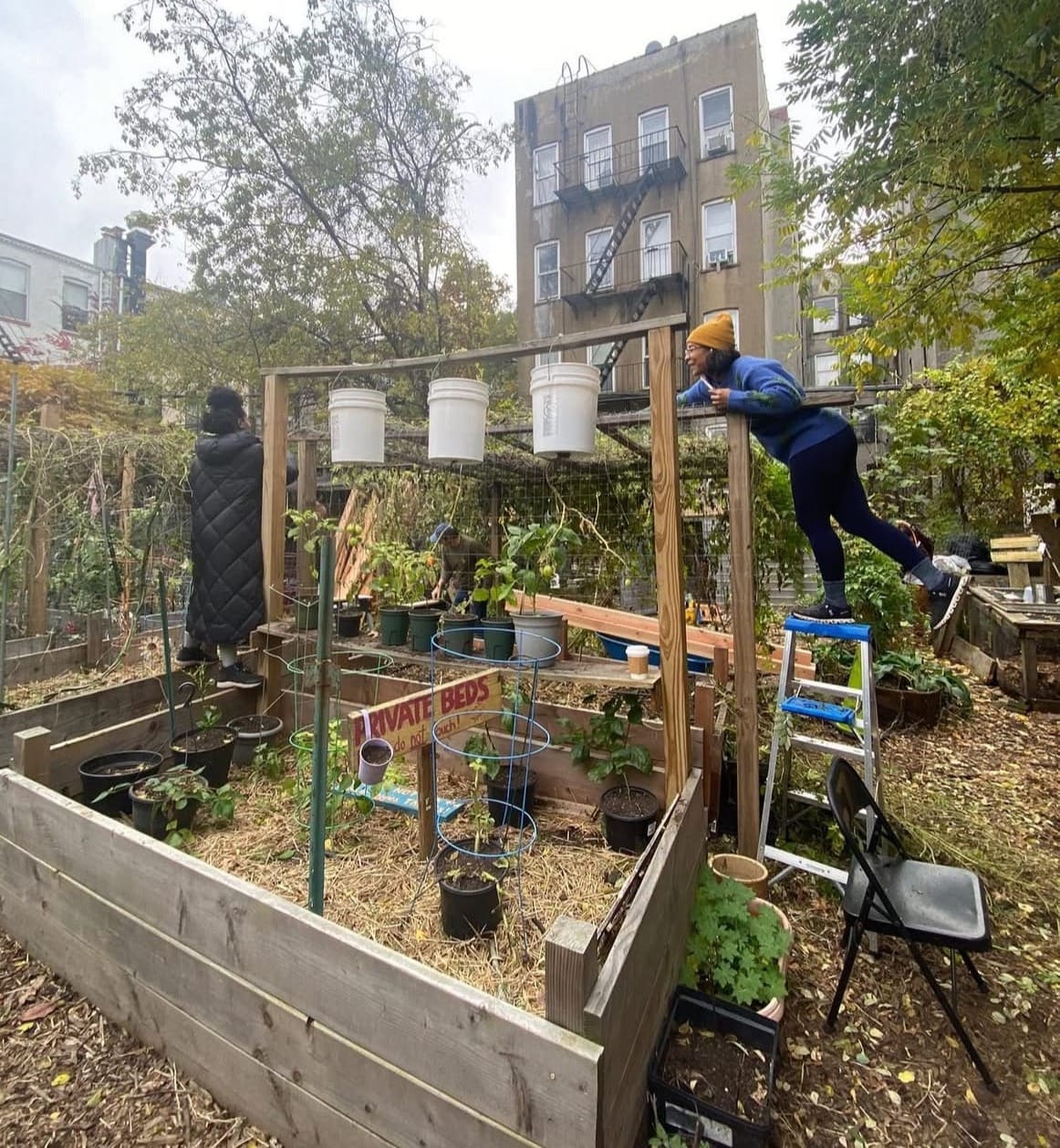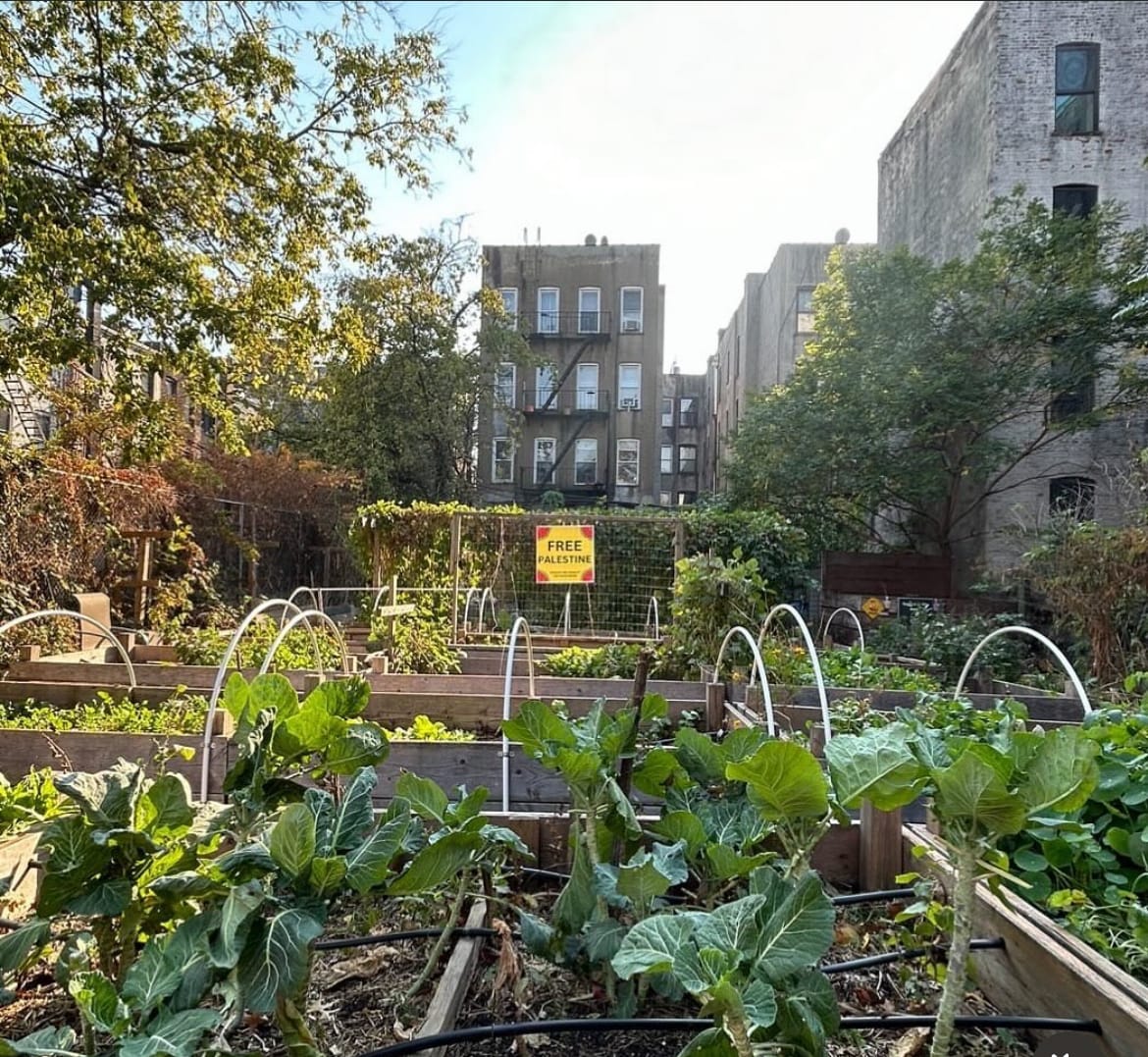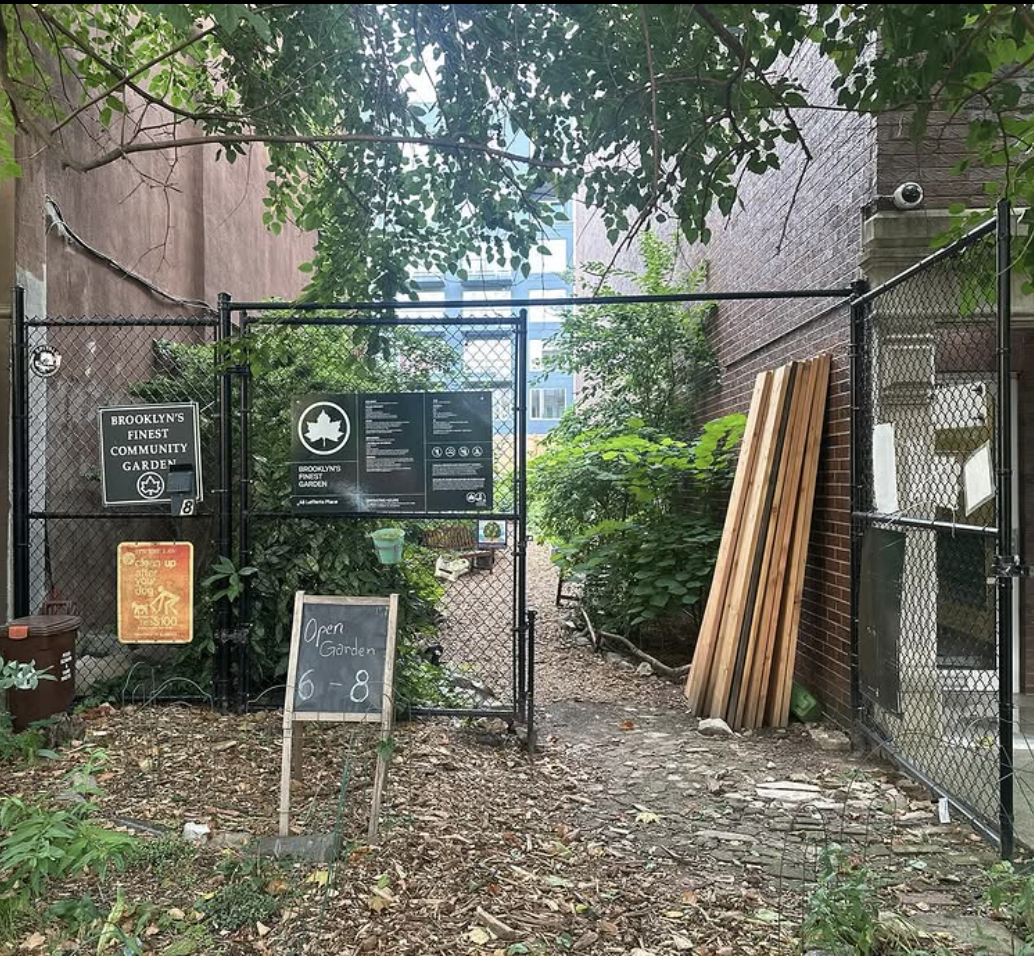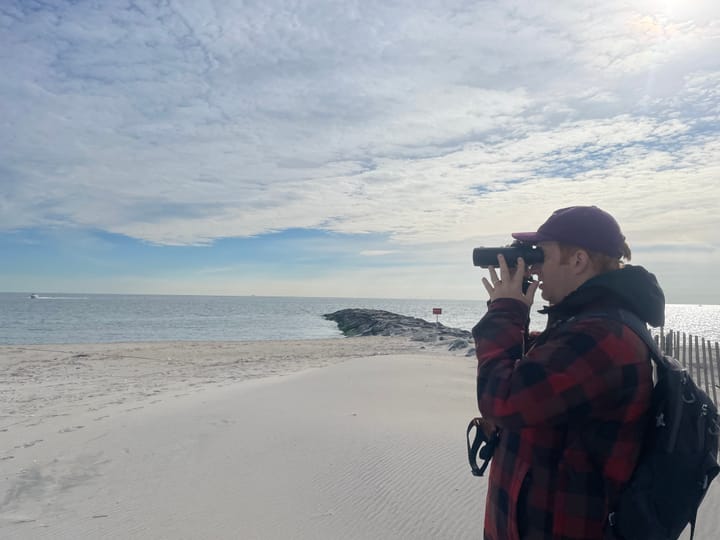Get off the Internet: Why joining a community garden might fix your brain
In search of grass to touch

A great thing about the phrase “go touch grass” is that it evolved from a G-rated insult into some of the sagest life advice of modern times.
The phrase fits in with a series we’re doing on The Groove this year, that we kicked off somewhere around oh say Jan. 20, all based around a simple directive: Get Off The Internet. We know now that online is very bad and full of junk, lost to the forces of slop, trolls, memecoins and Disney+ shows that look like shit (a note that reading articles like this online is still good for your brain of of course, scrolling cable news clips with lobotomy speak such as “they hate our beef because our beef is beautiful and theirs is weak” is not good).
The upside of this is that we’ve been chased off the internet and back into the real world, where we were meant to be anyway. Getting offline is also key because rebuilding hyperlocal connections is the only way we’re going to make this world more fair and liveable again; the problems of the world are big, but a bond you make in your own neighborhood will go a lot farther than another 10 likes on your Reel. And so, we seek grass to touch. In this case, very literally.
So with that in mind, I wanted to find out the answer to something I’ve wondered for years: how good for your brain is it to actually “touch grass” in this city? More specifically, should I get off my ass and join a community garden, an idea that I toy with every time I walk by one of these verdant oases and think, “man I hope this cute place never stops existing”?
This is the right time to consider this: April 1 marks the start of community garden season, when the city’s 550 public gardens and mini farms across the five boroughs reopen their gates until November. Joining one usually doesn’t require much but free time and sweat labor; does putting hand to grass filter out the outside world? Should we all log off and maybe grab on to a log?
I asked one friend, Heather Simon, who lives in Flatbush and has been involved with the 462 Halsey Community Farm in Bed Stuy for five years, if she found the experience calming in light of the awfulness in the newspaper every day; she told me that “calming” isn’t quite the right word.
“It’s empowering, in a sense,” said Simon, a professor of English at Queens College. “It gives a space for people to find a process to exist outside the horrors. A way for us to create a system that doesn't rely on everything out of our control.”
For her, that empowerment first came during lockdown, walking by the community garden space and wondering what was going on inside. That led to an email which led to an invitation to come by and check it out.
“They said here’s a drill, here's a hammer, here's a saw, we’re creating new beds,” she said. “It was really welcoming, a really great learning space.”
For the uninitiated, a few basic things to know about the gardens, which are lovingly crammed in between large buildings, or carved out of abandoned lots:
- They’re all open to the public during certain hours of the week, making them a haven for the general public, and not just the garden’s active members. Many of the gardens feel impossibly lush on first visit, full of curtains of greenery that occlude the city around it, sometimes with a copse of chairs and fairy lights where volunteers and visitors sit for a beer or live music after digging in the dirt all day. Stumbling upon one when you most need it — for a place to sit when you’re 20 minutes early to a meeting, or somewhere eat your lunch on a surprise nice day — really does give the feeling of discovery, like being a sickly English child wandering up on a secret garden on the ruined grounds of your dilapidated family estate. The East Village/Alphabet City has a particularly high concentration of these (including one with a treehouse library), thank you to the squatters and punks of the '90s who made all these happen.
- Each of the 550 community gardens are run differently; some operate as cooperatives, some raffle off plant beds to new members, some grow chickens and bees along with vegetables and fruits while others just focus on sprouting greenery and providing secluded retreats to escape the city streets. But the experience of digging, cutting, planting and hauling forms bonds quickly, garden members told me.

“It [is] really just super cool to be able to spend a Saturday digging in the dirt in New York City,” said Rob LaFranco, a freelance journalist who started the Brooklyn’s Finest Garden in Clinton Hill about 15 years ago. “I hear that from a lot of members: it’s such a relaxation to get dirty.”
While politics are not forbidden in garden speak, the conversations mostly turn to the tasks at hand; he told me about two garden members who bonded over clearing a big gnarly vine from the planting recently.
“They’ve become best buddies from that,” he said.
How to join a community garden
There are many guides and resources online for how to join one, but in lieu of forcing you to spend more time online reading it, I’m going to save you a big step. First, find your nearest gardens using the map from Green Thumb, the city’s agency that oversees community gardens (and the largest such gardening program in the country too). After you’ve found some in your area, the easiest way to get involved — even if you’ve never gardened before, even if the only thing you’ve ever planted is doubt in your parents’ faith in you — is to just go down to your local community garden right now and see what’s going on.
This is the best entry point because not only does it already get you off the internet, great job on that, but also many of the gardens do not have an active internet presence. If you're used to contacting everyone by Instagram DM or website contact forms, this is a good chance to embrace getting offline and remember that you can and should talk to people in person.
"We try to do foods that our community will eat," Simon said. Right now that means okra, peppers and cucumbers, along with zaatar, herbs and cucumbers grown from seeds that were saved from Palestine.
As mentioned above, each garden operates differently: some grow food for community giveaways, some require membership fees, some let members raise their own private crops while others host music and regular events, so there’s no one-size-fits-all approach.
“Don’t be afraid of some people who look busy to just sometimes chat,” Simon said. “People do that all the time and end up staying an hour.”

Use Earth Month as your motivation
April is home to Earth Day, which makes the whole month Earth Month, even though, last I checked, we all live on Earth and should be tending to it more than one month of the year. Despite that oversight, Earth Month coincides with the start of garden season, which means the calendar in April is blossoming with opportunities to learn more about community gardens. That includes volunteer days, which are the best entry point for new participants or anyone looking to see if they do in fact enjoy touching grass, but there are also events for help constructing plant beds, composting, tree care, rat mitigation or just some chances to get in there and pull weeds, which is a healthy way to manage aggression, in my opinion.
LaFranco compared a community garden to a hip bar in your neighborhood that you always walk by but it seemed too intimidating to check out yourself; until one day you finally went inside and made instant friends.
“You don’t have to know what you're doing,” he said. “In an urban environment that we have, to have this kind of outlet in the midst of such a city is magical. It’s our primal roots, it’s where we come from.”
As for me, I've always put off getting involved in a garden, for the reasons I put off a lot of things: blaming work, blaming being too busy, which are different versions of being addicted to being online. But here I am fully busy and my brain is still twisting itself into knots every day. I looked at the Earth Month events and found an upcoming volunteer work day at a nearby garden, which conveniently happens to be on 4/20 ("gardening" is what people on social media these days call smoking weed, if you're a fucking nerd.)
But LaFranco's point really gets at why this is such a good way to get yourself off the internet: digging in the dirt is one of the most basic human actions, the simple act of feeding yourself from the land that we all forgot how to do at some point. If you want something to grow, you have to work at it.
“Gardening is heavy,” Simon said. “The more people that come, the better. It’s the perfect crossfit.”




Comments ()